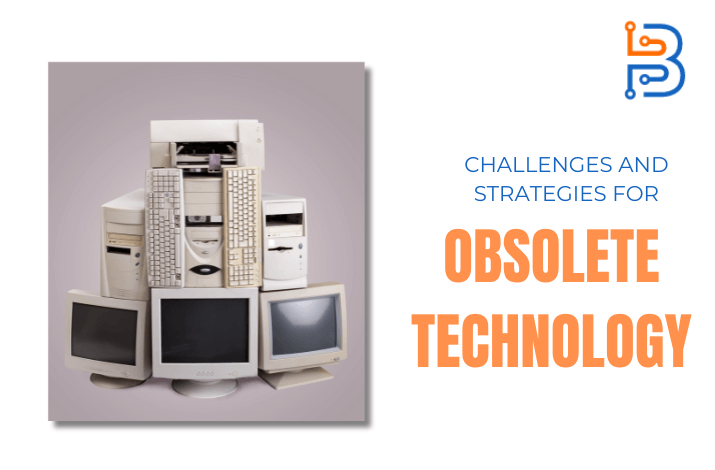3 ways SD-WAN helps you win in the 5G age of IoT – Technologist
The Internet of Things (IoT) has been around for a while, but this technology continues to drive transformation in the digital sphere. In fact, GlobalData predicts that the marketplace for IoT will grow at a compound annual growth rate (CAGR) of 22.4% to reach a total of US$96 billion in the APAC region by 2023. The fifth generation of cellular mobile communications is set to form the dynamic ecosystem in which IoT will operate. By providing faster and more reliable connectivity, 5G networks will bring IoT’s capabilities to the next level.
Though APAC is set to lead 5G technology adoption globally, the integration of 5G-enabled IoT technology might not be smooth sailing for enterprises. To cope with the rapidly evolving needs of their traffic networks and unlock the power of IoT, businesses are increasingly leveraging software-defined wide area network, or SD-WAN, for a pragmatic approach. SD-WAN is an evolution of wide area networking that supports applications hosted in multiple locations, over any type of network and through any type of service provider connection. Here are three ways SD-WAN will play a critical role in helping enterprises build their IoT infrastructure in a 5G society:
Heightened security
Data security issues are certainly top of mind for businesses as security breaches become increasingly costly. A study by Ovum emphasised the need for APAC services providers to beef up security infrastructure to meet demands of IoT and 5G, which involves securing IoT traffic end-to-end for data to be protected from threats.
With 5G enabling applications to operate within different virtualised environments, SD-WAN prevents unauthorised access of sensitive information in two ways: path isolation and security controls. Path isolation allows enterprises to corral traffic while security controls permit or deny traffic based on specific criteria. Combined, these methods of separation and enforcement result in an effective enterprise segmentation technique that reduces the risk of the IoT device traffic being exposed to security breaches.
Simplified management
One of the foundational components of SD-WAN is its centralised management platform capable of simplifying the control of networks supporting IoT. Traditionally, setting up new devices would entail manual configuration of the devices at each location.
Through the deployment of automation, SD-WAN allows new IoT devices to be added to the network without the need for reprogramming software and cuts down operational requirements. By using a pre-configured template, businesses can quickly make changes to network traffic regardless of the number of edge locations—all through a single management dashboard. This will be key for organisations in keeping up with a consumer landscape that’s going to change at an even quicker rate with the arrival of 5G.
Scalability and reliability
IoT devices are a means of collecting and transmitting raw data that organisations rely on to better understand their customers. While it’s early days, it was reported that the average customer data usage in South Korea on 5G was 24GB in June 2019, 2.6 times higher than the average 4G usage in the same period—a trend that’s likely to repeat across the region. This incoming surge in data will pose a challenge for businesses with major strains being applied on traditional network infrastructure and in turn affect application performance and user experience.
Modern SD-WAN solutions circumvent this issue as they provide a network topology that can be scaled up or down based on the unique level of application needs. On top of its flexibility, SD-WAN frameworks provide low-latency and reliable connectivity to multiple cloud service providers. In other words, SD-WAN can meet expanded enterprise-scale requirements without compromising quality of connection despite the increase in number of connected devices and data sources.
The inevitable arrival of 5G will cause a massive increase in new connected devices, and the enterprise network will be distributed across an even greater area. To adapt to these new requirements, SD-WAN will play a larger role and become the standard technology for networking in time to come.
For organisations to stay ahead of the curve in an extremely competitive region, the only way forward is to begin exploring SD-WAN options and working with the right experts to design a custom architecture that helps them achieve their business objectives. With 2020 expected to be the year 5G goes mainstream, the best organisations have already assessed the essential items for their IoT transformation story and selected suitable SD-WAN solutions to ensure they don’t lose their competitive edge.


